Large retrospective exhibition “Konstantinos Parthenis (187-1967) the region of Greece of his painting
Dedicated to the memory of Marina Lambraki Plaka, the exhibition Konstantinos Parthenis (1878-1967), The area of Greece of his painting is the first retro Greek artist in the news National Gallery.
It follows the first major periodical exhibition, “The Art of Portrait in the Louvre Collections”.
Not a random choice. As noted by Marina Lambraki-Plaka in the catalog of the exhibition, which was in the printing house on the day of her sudden death.
Read also: Burn in: Art exhibition of 29 artists in Chalandri
As it is known, the National Gallery is the owner of most of the works, drawings and documents of Konstantinos Parthenis.
They come mainly from what he inherited from the painter’s two children, Nikos and Sofia.
150 works from the Gallery’s collections and important loans from private and public collections were selected for the exhibition.
Among them are some of his emblematic works such as “Apotheosis of Athanasios Diakos”, the “Bathers”, “Christ – Man”, the “Tuck”, the “Big naked, Eva”, “The harvest”, “The goods of transport”, “The French airport of Corfu”.
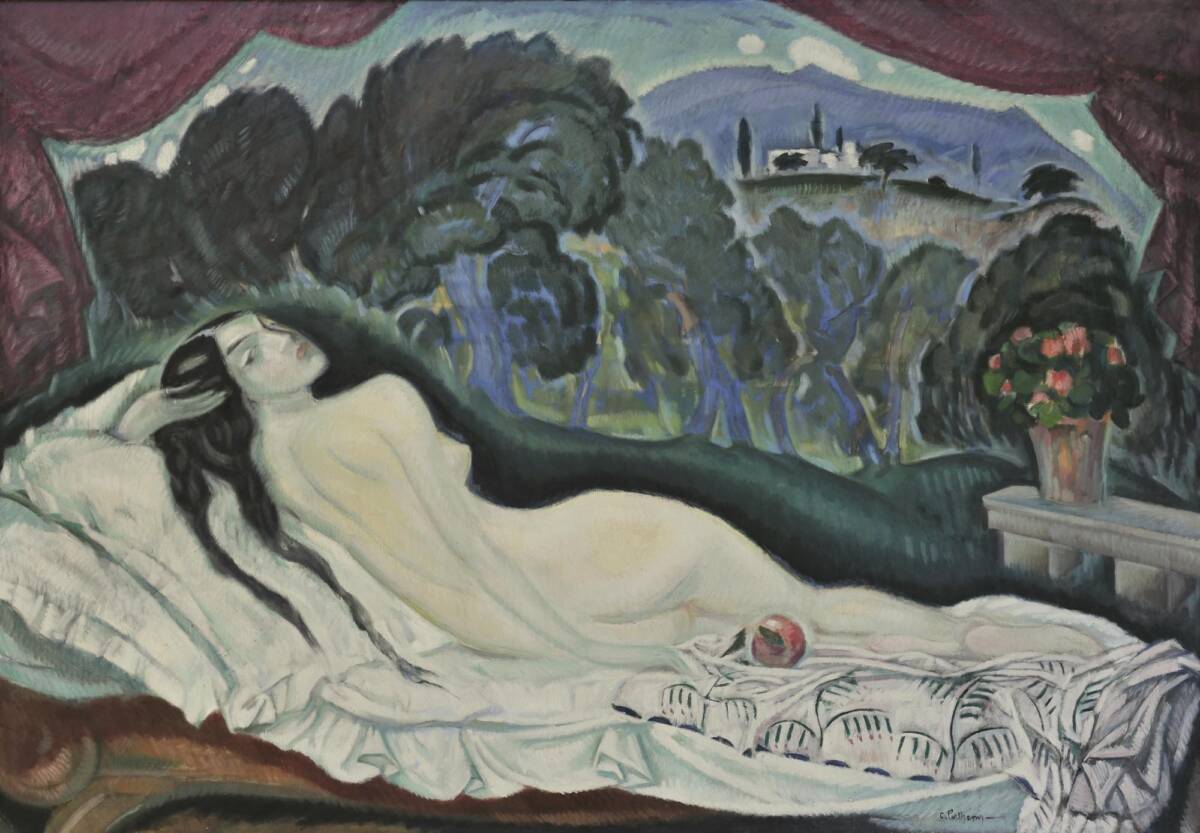
As well as the unfinished drawings of the frieze with the figures of the ancient and the new world that were intended for the Greek Parliament, but also the famous paintings that were intended and were never delivered for the decoration of the Municipality of Athens resulting in the beginning of its long legal dispute. with the Municipality of Athens.
The exhibition is framed by family photos, such as that of his daughter, Sofia, dressed in a well-dressed costume designed by Parthenis, a list of places from the Biennale.
The suitcase with his brushes and his easel accompany the exhibition that was prepared for four years, under her supervision. Zina Kaloudi.
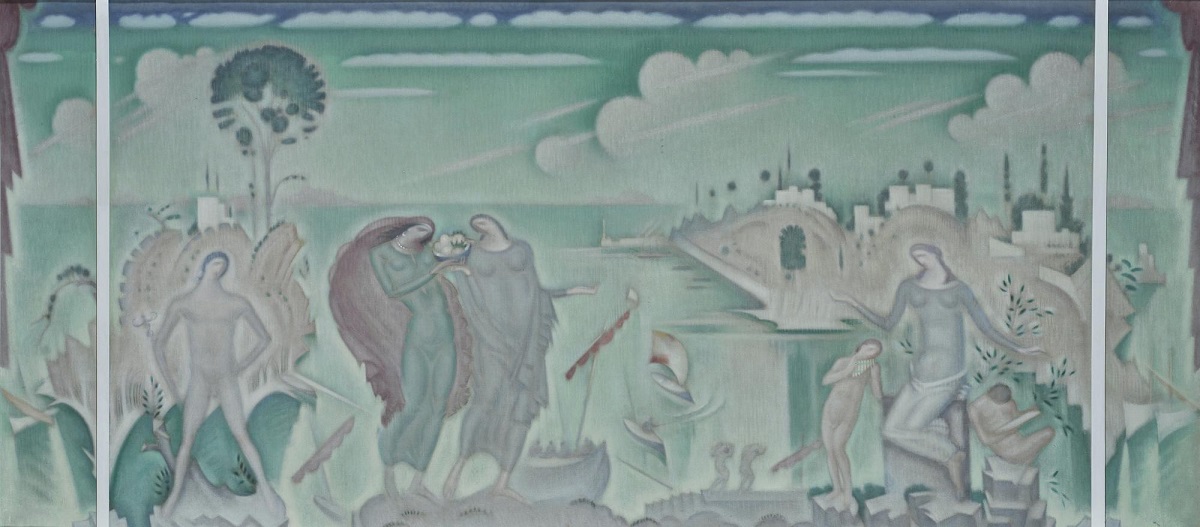
A fascinating journey traveled by the cosmopolitan Alexandrian painter, one of the most important creators of Greek art.
He developed a constant dialogue with modernism, creatively assimilating the morphological quests of European artists – the tendencies of symbolism and Viennese Secession, Impressionism and Divisionism, Phobia, then Cubism, renewing his language.
With a life as varied as it is legendary, with studies in Rome, Vienna, Paris, Konstantinos Parthenis “Appeared and shone as a dialect on the firmament of the still provincial Greek art scene in the east of the 20th century.”
He spent his life and work in the late 19th century and completed his journey in the late 1960s to his home at the foot of the Acropolis, which was demolished after his death.
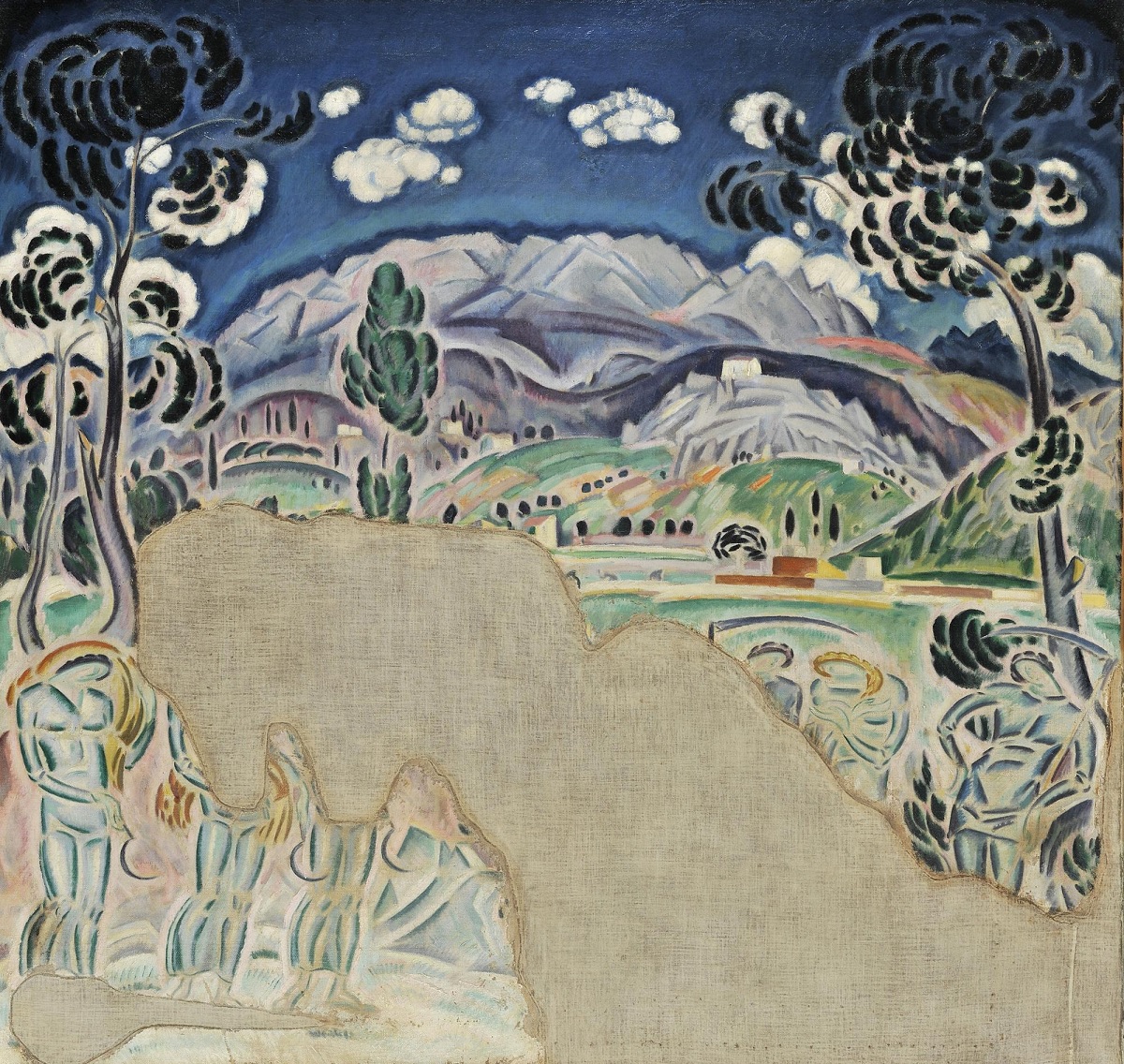
Parthenis was one of the first artists to impose the groundbreaking views of modernism on his time and made him believe that the artist should have the recognition and support of the state.
With his appointment to the School of Fine Arts in 1929, he changed the way art was taught and taught a new ethic for art education. His close friendships with intellectuals and politicians, as well as his views on the political upheavals of Greek history in the interwar period are reflected in and in his work.
Tensions and sabotage by his colleagues and his courageous retirement from his home-workshop for the last thirty years of his life have helped create a mystery surrounding his often elusive painting.
Information
The exhibition “Konstantinos Parthenis (1878-1967), The area of Greece of his painting in the National Gallery will last until the end of November 2022.
The architectural study and the scenographic presentation of the exhibition were undertaken by the team of architects George Parmenidis, Christina Longgepe, Ifigenias Marie.

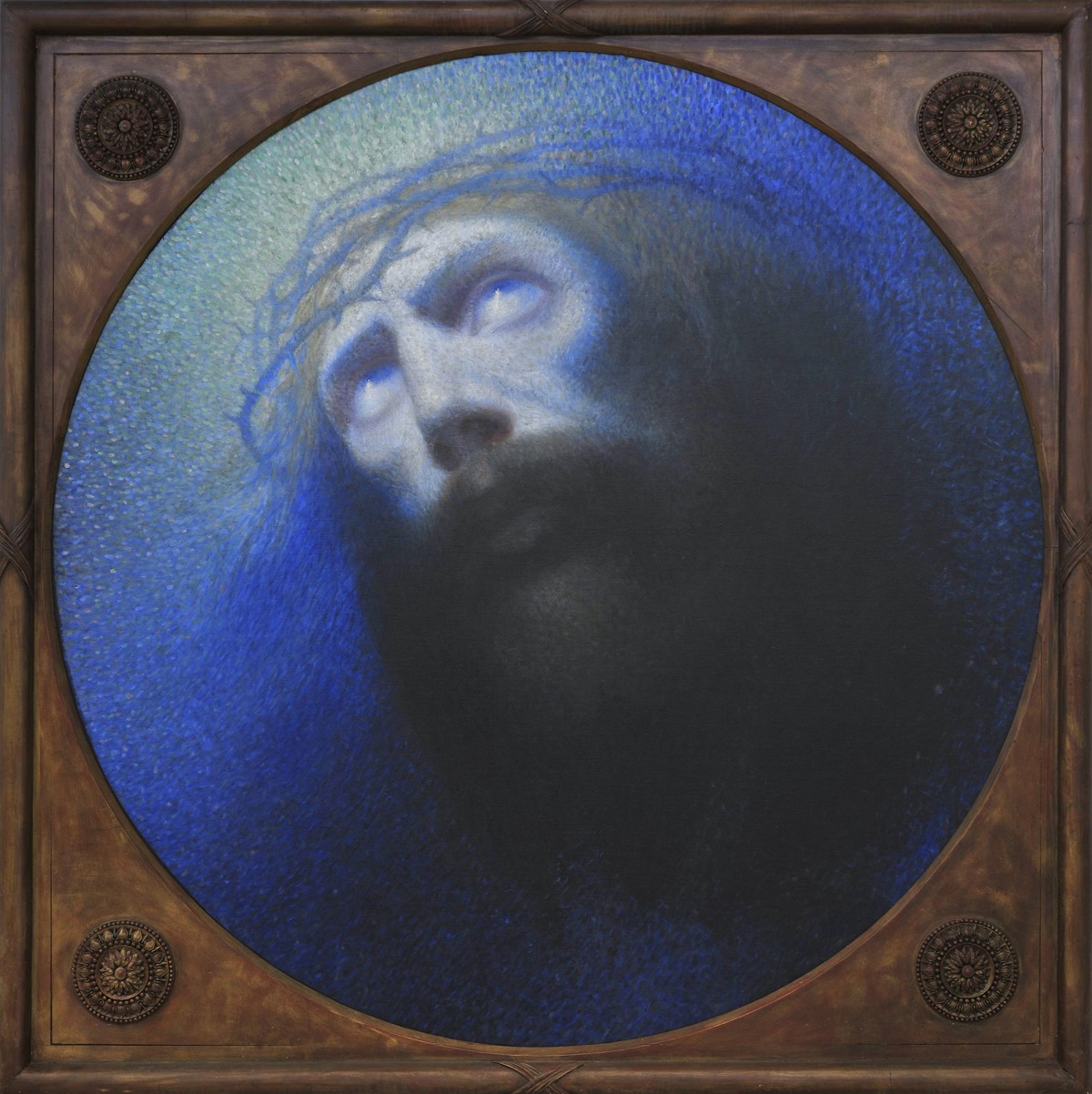
/cloudfront-eu-central-1.images.arcpublishing.com/madsack/NUWZCWCJRJBIJHU5AUO5EXOHDY.jpg)
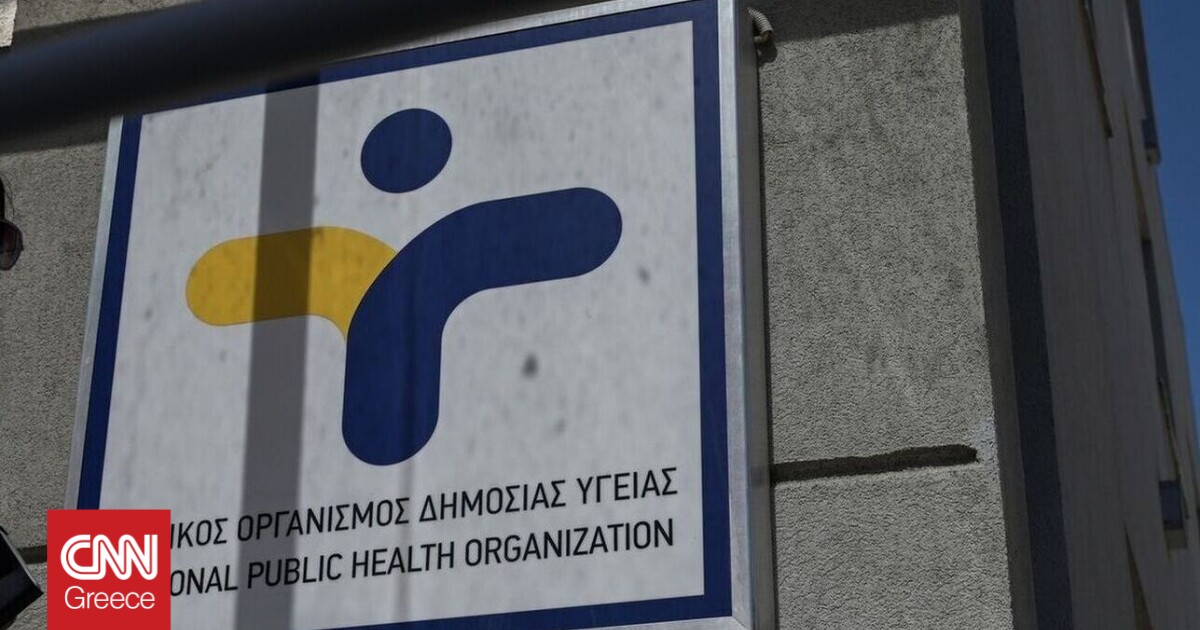
/cloudfront-eu-central-1.images.arcpublishing.com/madsack/NHW556UKZ5AVBM47OAWSYLJCPQ.jpg)